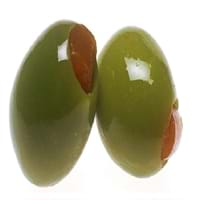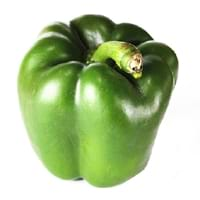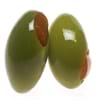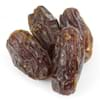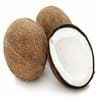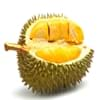Health Benefits
Cancer prevention, Helps in cartilage regeneration, Prevents macular degeneration, Treatment of alzheimer's disease
Arthritis treatment, Cancer prevention, Heart care
General Benefits
Anti oxidant properties, Anti-inflammatory properties, Boosts immune system, Controls blood pressure, Digestive aid, Maintains healthy cholesterol level
Anti oxidant properties, Anti-inflammatory properties, Controls blood pressure, Digestive aid, Eye care, Helps in weight loss, Maintains healthy cholesterol level, Strengthens bones
Skin Benefits
Hydrates skin, Skin rejuvenation, Treatment of skin diseases
Anti-aging benefits, Treatment of skin diseases
Hair Benefits
Acts as moisturizer, Good conditioner, Regulates hair growth
Prevents hair loss, Promotes longer and healthier hair, Regulates hair growth
Allergy Symptoms
NA
Abdominal pains, Coughing, Eczema, Headaches, Hives, Redness of eyes, Sneezing, Swelling, Swelling of mouth, tongue or lips, Watery eyes, Wheezing
Side Effects
Affects blood glucose levels, Dizziness, Stomach pain
Allergic reaction, Mouth irritation, Throat irritation
Best Time to Eat
Hardly eaten raw, Olive oil is consumed for many purposes.
Along with meal, Don't consume at night and before bed, Don't eat after meal, Morning time (before lunch)
Vitamin B5 (Pantothenic Acid)
Vitamin C (Ascorbic Acid)
Vitamin K (Phyllochinone)
Phytosterol
Not Available
Calories in Fresh Fruit with Peel
Calories in Fresh Fruit without Peel
Not Available
Not Available
Calories in Frozen Form
Not Available
Calories in Canned Form
Not Available
Calories in Jam
Not Available
Calories in Pie
Not Available
Type
Tree fruit
Fruit vegetable
Season
Spring, Summer
All seasons
Varieties
Manzanillo, Sevillano, Mission, Ascolano, Barouni, Gordal, Rubra and Picholine
Big Bertha, Yolo Wonder, Yankee and Fat n Sassy
Color
Black, Green, Purple, Yellow
Green
Inside Color
Brown
Light Green
Shape
Oval
Irregularly oval
Origin
Eastern Mediterranean Region
Central America, Mexico, South America
Soil Type
Well-drained
Loam
Climatic Conditions
Warm to hot climate
Warm
Facts about
- In ancient Greece, 1st eye shadow was made by adding olive oil in ground charcoal.
- The most expensive form of olive oil is Extra Virgin.
- Largest type of olive tree is known as donkey tree & smallest one is called bullet.
- Colored bell peppers are sweeter as compared to green bell pepper.
- The inner white colored cavity is rich source of flavonoids and is edible.
- Red bell peppers have more nutrients as compared to green bell peppers.
Other Countries
Algeria, Egypt, Greece, Italy, Morocco, Portugal, Syria, Tunisia, Turkey
Egypt, Indonesia, Israel, Korea, Mexico, Netherlands, Nigeria, Romania, Spain, Turkey
Top Importer
United States of America
United States of America
Top Exporter
Italy
Canada
Botanical Name
Olea europaea
Capsicum annuum
Synonym
Not Available
Not Available
Subkingdom
Tracheobionta
Tracheobionta
Division
Magnoliophyta
Magnoliophyta
Class
Magnoliopsida
Magnoliopsida
Subclass
Rosidae
Alismidae
Family
Oleaceae
Solanaceae
Species
O. europaea
C. annum
Generic Group
Olive
Not Available
Difference Between Olive and Green Bell Pepper
We might think that Olive and Green Bell Pepper are similar with respect to nutritional value and health benefits. But the nutrient content of both fruits is different. Olive and Green Bell Pepper Facts such as their taste, shape, color, and size are also distinct. The difference between Olive and Green Bell Pepper is explained here.
The amount of calories in 100 gm of fresh Olive and Green Bell Pepper with peel is 115.00 kcal and 20.00 kcal and the amount of calories without peel is Not Available and Not Available respectively. Thus, Olive and Green Bell Pepper belong to and category.These fruits might or might not differ with respect to their scientific classification. The order of Olive and Green Bell Pepper is Lamiales and Solanales respectively. Olive belongs to Oleaceae family and Green Bell Pepper belongs to Solanaceae family. Olive belongs to Olea genus of O. europaea species and Green Bell Pepper belongs to Capsicum genus of C. annum species. Beings plants, both fruits belong to Plantae Kingdom.
